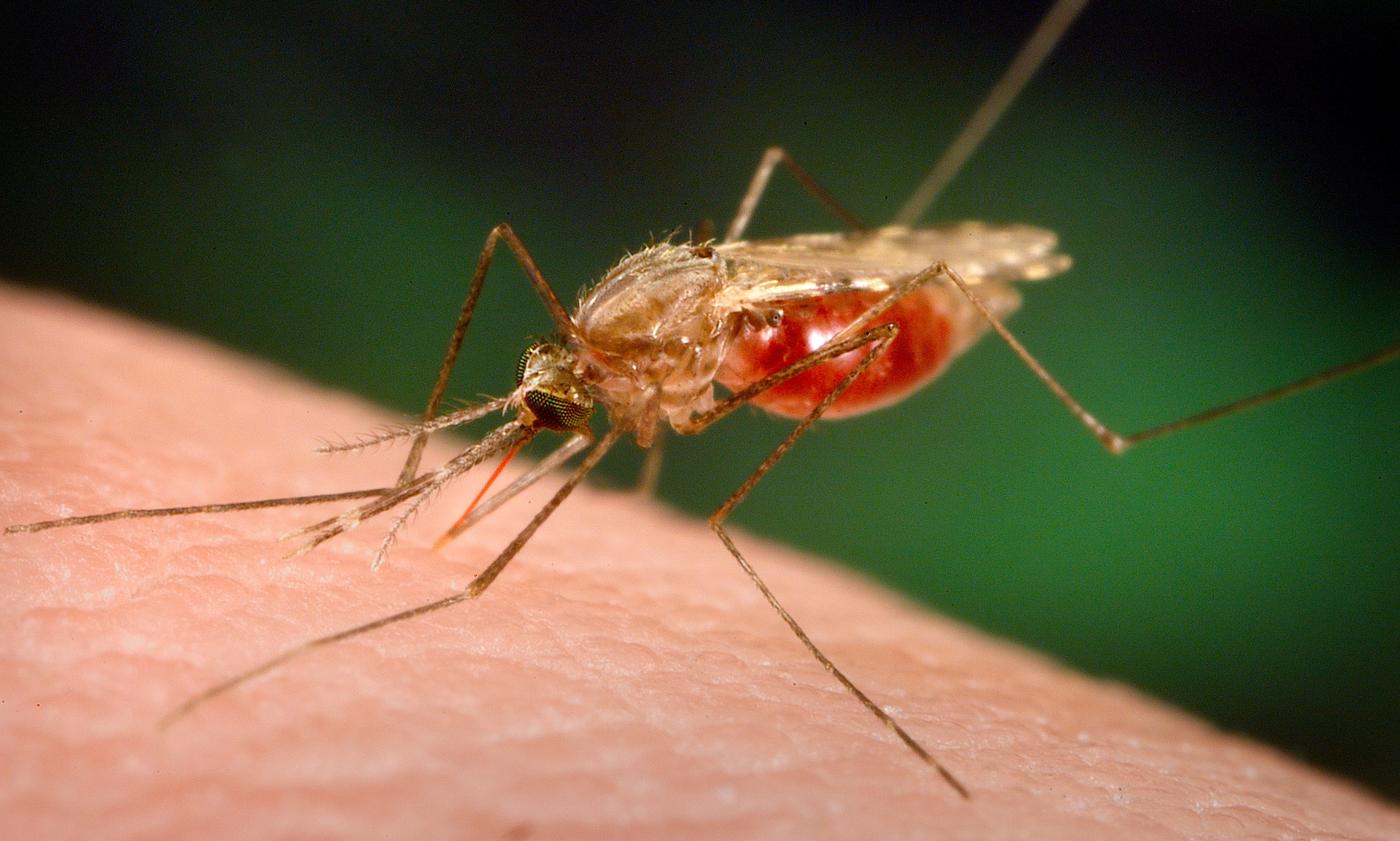Malaria in hilly, mountainous regions
Kathmandu, July 9
According to Epidemiology and Disease Control Division, malaria cases are being reported in the hilly and mountainous regions of the country.
Mugu witnessed 143 cases of malaria in the fiscal 2017-2018 whereas Bajura and Baitadi witnessed 60 and 33 cases of malaria respectively in the same year.
Earlier, in the fiscal 2016-17 and 2015-16, no case of malaria was reported in Mugu. Bajura had witnessed 16 malaria cases in 2016-17, whereas 75 cases were reported from Baitadi the same fiscal.
Temperature, humidity and rainfall play important roles in malaria transmission. As there has been rise in the temperature, incidence of malaria has been reported in the hilly and mountainous areas because malaria causing mosquitoes are getting a favourable environment for them to grow and survive, said Bibek Kumar Lal, Director EDCD.
“Easy access to transportation and easy mobility of the people and mosquitoes are other reasons for malaria in the hilly regions,” said Lal.
People living in Mugu and Bajura migrate to the Tarai region to earn money. It is when they suffer from malaria there that they carry the disease to the hilly regions. It is also that the disease is being diagnosed in the districts. The reported cases therefore have gone up, said Lal.
The government has set the target of reaching zero indigenous cases of malaria by 2025. To meet the government’s target, EDCD has been deploying rapid response teams for surveillance, detection and prevention of the disease in malaria-hit districts.
A total of 1,187 cases of malaria were reported in the year 2017-18. In the fiscal 2016-17, the number of malaria cases reported was 1,128. The number of malaria cases reported was 991 in the year 2015-16.
The division however is yet to come with its annual data for the current fiscal year.






